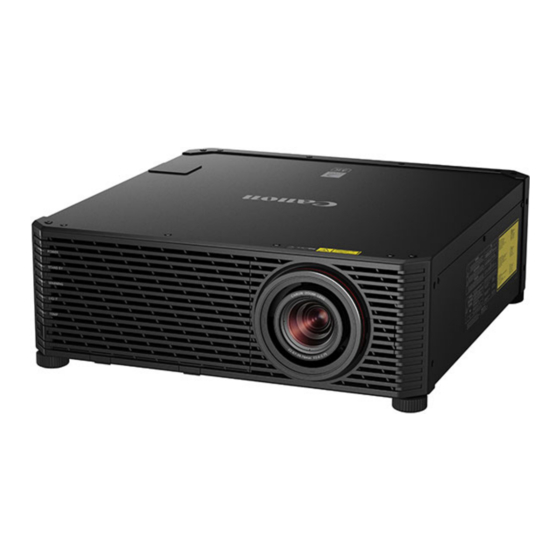
Table of Contents
Advertisement
Quick Links
MULTIMEDIA PROJECTOR
User's Manual
Safety Instructions
Before Use
Installation Procedure
Connection Procedure
Projection Procedure
Convenient Features
Using Menus
Menu Configuration
Menu Settings
Using the Projector on a
Network
Advanced Projection
Maintenance
Product Specifications
Troubleshooting
ENG
Advertisement
Table of Contents












Need help?
Do you have a question about the 4K600STZ and is the answer not in the manual?
Questions and answers